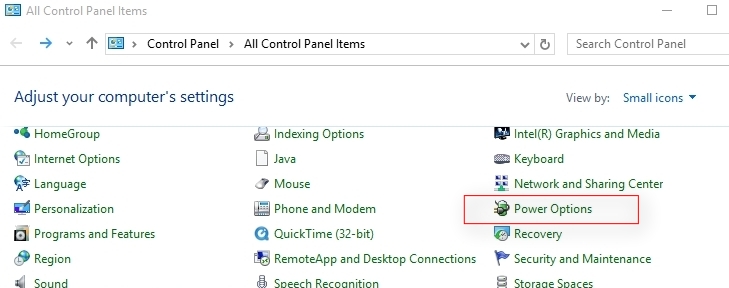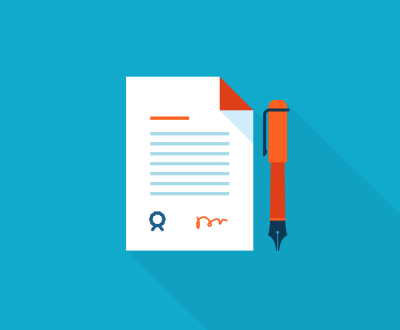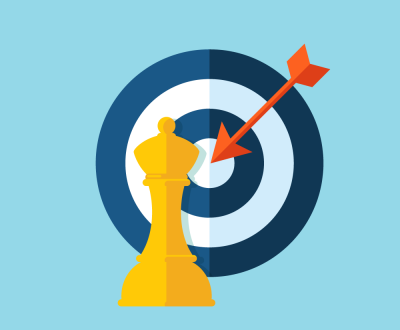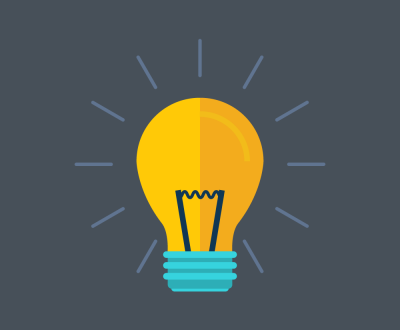Laptop Plugged in But Not Charging? Here’s How to Fix
- December 7, 2018
- Advanced SEO Techniques, Brand development, Business advice, Online marketing, SEO, Uncategorized
Laptop plugged in, not charging is one of the most common errors that users are facing in Windows. It becomes annoying when you have plugged the charger in the port, but your battery refuses to charge. When you locate the cursor on the battery icon, the error message “99% available (plugged in, not charging)” appears.
It indicates that the battery is either full or almost full and your PC is running on AC (active power) power. Many users have complained that “why is my laptop saying plugged in, not charging.” It can be caused due to many software or hardware problems. Let’s check them out.
Reasons Causing “Plugged in, not Charging” Error
You are not alone if you are going through this issue in your Windows system. It can occur due to many minor or major issues including faulty charger, outdated driver or corrupt AC adapter. When it comes to issues, let us go through some of the common reasons that cause problems in your laptop battery.
-
Fault in the Battery Drivers
Battery drivers do exist and can sometimes be outdated too. You might need to re-install these drivers to get it back to work. You can download and re-install battery drivers manually by using the second method in this post. However, if you find it difficult, we suggest you take help from a professional.
-
Issues in your AC Adapter
For those who don’t know, AC adapter is an external power supply also known as Power adapter. It is a transformer to convert high voltage electricity to a low voltage to keep it balanced. At times, it might not deliver a charge to your laptop. To fix this issue, you can check for the connection, and in the worst case, you might have to buy a new AC adapter.
-
Problem is in the Battery itself
There might be a possibility that the problem is with your Laptop’s battery. You can quickly check your battery’s health by typing the following command in your CommandPrompt- powercfg /batteryreport. It shows you the capacity of your battery. We suggest you replace your battery with a new one or repair it (if needed).
-
Your Laptop Battery Needs Recalibration
There are two different aspects included if you report about your battery level. Sometimes, Windows might consider the battery is partially full while it is full. It creates a mismatch between the two of them. You might have to sync Windows and battery backup and recalibrate them.
These common issues cause “Plugged in, not charging” error in your Windows laptop and here’s how you fix them.
How to Fix “Plugged in, not charging” error in Windows 10 or Windows 8?
We have listed a few quick and easy workarounds to avoid this error. Your issue can be fixed by applying simple software tweaks, or it might be a severe issue where you might have to replace your battery. Go through all the fixes mentioned below and see which solution can save your hours and dollars. Let’s get started.
1. Ensure that you have Plugged-in correctly
No other method can work for you if you haven’t connected your charger properly to your laptop. The first thing you should do is ensure that all the connections, it can be your AC adapter or external cords are correctly inserted. When you are sure that all the connections are perfect, try connecting the power cord to another laptop and check if the laptop charges.
2. Remove the Battery
If your power cord works well on another laptop, there are high chances that the problem is with your battery. You can remove the battery and plug the charger in your laptop. If your laptop starts appropriately without any error, the problem is with the battery itself.
3. Reinstall your Battery Drivers
If you can’t find any issues with your hardware, the fault might be the outdated battery drivers. Here’s how you can update them.
1) Go to the Start button and right-click on it
2) From the list, select Device Manager
3) Hit the Batteries icon to expand it
4) In the Batteries section, you’ll see two icons- the Microsoft ACPI-Compliant Control Method Battery and Microsoft AC Adapter
5) Right-click on both and select Uninstall device option
6) Now, Shutdown your PC
7) Remove the power cord from your laptop
8) Once it’s done, remove the battery (if it is removable)
9) Plug the charger in your laptop
10) Turn on your laptop
11) Hit the battery button
With all new updated battery drivers, you can now see that you’re plugged in and the battery is charging.
4. Check your Power Settings
Make sure that you haven’t changed any battery, display or sleep settings in the Control Panel. Go through the following steps to set your battery settings correctly.
1) Go to the Start menu and type ControlPanel
2) In the ControlPanel window, search for large icons and find Power options
3) Now, go to the Plan Settings and make sure that all the settings are correctly set
Assigning correct settings is entire of a tricky task. We suggest you restore the power settings to default.
5. Use the Correct USB-C port
For those who don’t know, USB-C is a replacement of USB interfaces. It is also used for data transfer, sharing and even charging. However, it creates a little confusion as some of the USB-C ports are designed for charging and data sharing and some only for data sharing. Ensure that you are connecting a correct USB-C port.
That’s not all! Although, we have mentioned some of the easiest tweaks and tricks to fix your laptop charging issues. However, there can be some hardware problem including breaks or burnout in your power cord, broken power jacks or even overheating of your laptop. In this case, you should contact a local repair shop or replace any faulty device.
6. Contact Tech Support
Unfortunately, if any of the above methods don’t work that great to fix “plugged in, not charging” error. You might have to directly contact the technical supporter and ask him/her for help. You have to keep your serial number and model of your laptop ready. They have all the knowledge about your hardware and software configuration.
That’s it! You can now plainly see your battery is charging while it is plugged in. Well if it doesn’t work, the final option is to directly go to the manufacturer and check what can be done. The problem might be severe like a fault in the motherboard and can be fixed by the manufacturers only.
This is author biographical info, that can be used to tell more about you, your iterests, background and experience. You can change it on Admin > Users > Your Profile > Biographical Info page."
About us and this blog
We are a digital marketing company with a focus on helping our customers achieve great results across several key areas.
Request a free quote
We offer professional SEO services that help websites increase their organic search score drastically in order to compete for the highest rankings even when it comes to highly competitive keywords.
Subscribe to our newsletter!
Categories
- Advanced SEO Techniques (8)
- Brand development (8)
- Business advice (8)
- Online marketing (8)
- SEO (8)
- Uncategorized (8)









